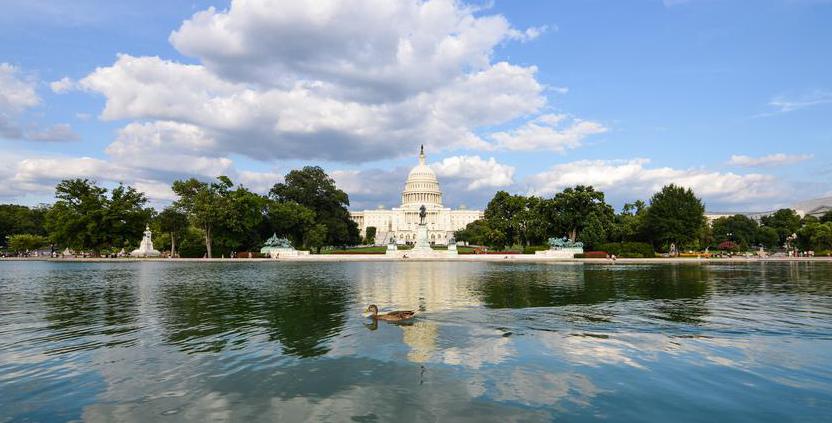At WiseGEEK, we're committed to delivering accurate, trustworthy information. Our expert-authored content is rigorously fact-checked and sourced from credible authorities. Discover how we uphold the highest standards in providing you with reliable knowledge.
What are Term Limits?
Term limits refer to the maximum number of times a person can hold the same public office. A term is essentially the length of time one serves in the office once, and term limits restrict the number of terms. For example, in the US presidency, a term is four years in length. As a result of term limits, a US president may only be elected to two terms in office for a total of eight years.
Sometimes term limits also apply to imposing limits on serving consecutive terms in a political office. One often sees these types of term limits applied in small political structures like the National Parent Teacher Association (PTA) or parent’s organizations. A president of a local PTA may only be allowed to serve two terms consecutively. At that point someone else must hold the office. However, in another year, the former president might be able to serve another two terms.

The concept of term limits dates back to the early democracy of ancient Greece and the Republic of Rome. Since then, many term limits have been imposed on various offices. In the US, the Twenty-Second Amendment to the Constitution, which was ratified in 1951, established the presidential term limits. It was largely a response to the presidency of Franklin D. Roosevelt, who was the only president to serve more than two terms in office, from 1933-1945.

There are several reasons why it is argued that term limits are desirable. Many incumbents have an advantage over those who challenge them in the next election, simply because they hold office. By setting term limits on particular offices, more people have the opportunity to serve in various political offices, and eventually incumbents must give up their office.

Some people also feel that “career” politicians are more likely to make safe and popular choices rather than follow their hearts. If people wish to serve multiple terms in office, they may focus on ensuring that they stay in office, instead of on sometimes making or taking on unpopular points of view. Further, those positions without term limits may affect the way in which power is perceived because of seniority. Senior senators or house representatives, for example, may have more power or clout, in some respects, than newly elected officials.

People who oppose term limits feel that term limits are not democratic. They prevent people from electing the person they want as a representative when politicians are restrained by term limits. According to opponents, term limits may translate to less experienced government officials, and there should be no reason to change a politician who is performing his/her job well and satisfying the people.

The subject of term limits in the US Senate and in other offices in the US and in other democracies is likely to continue to provoke considerable debate. In US state and local government, some also have succeeded in passing term limits on the office of governor, and in many cities, on the office of mayor. Some states also limit terms a person can serve in state senates.
AS FEATURED ON:
AS FEATURED ON:















Discuss this Article
Post your comments